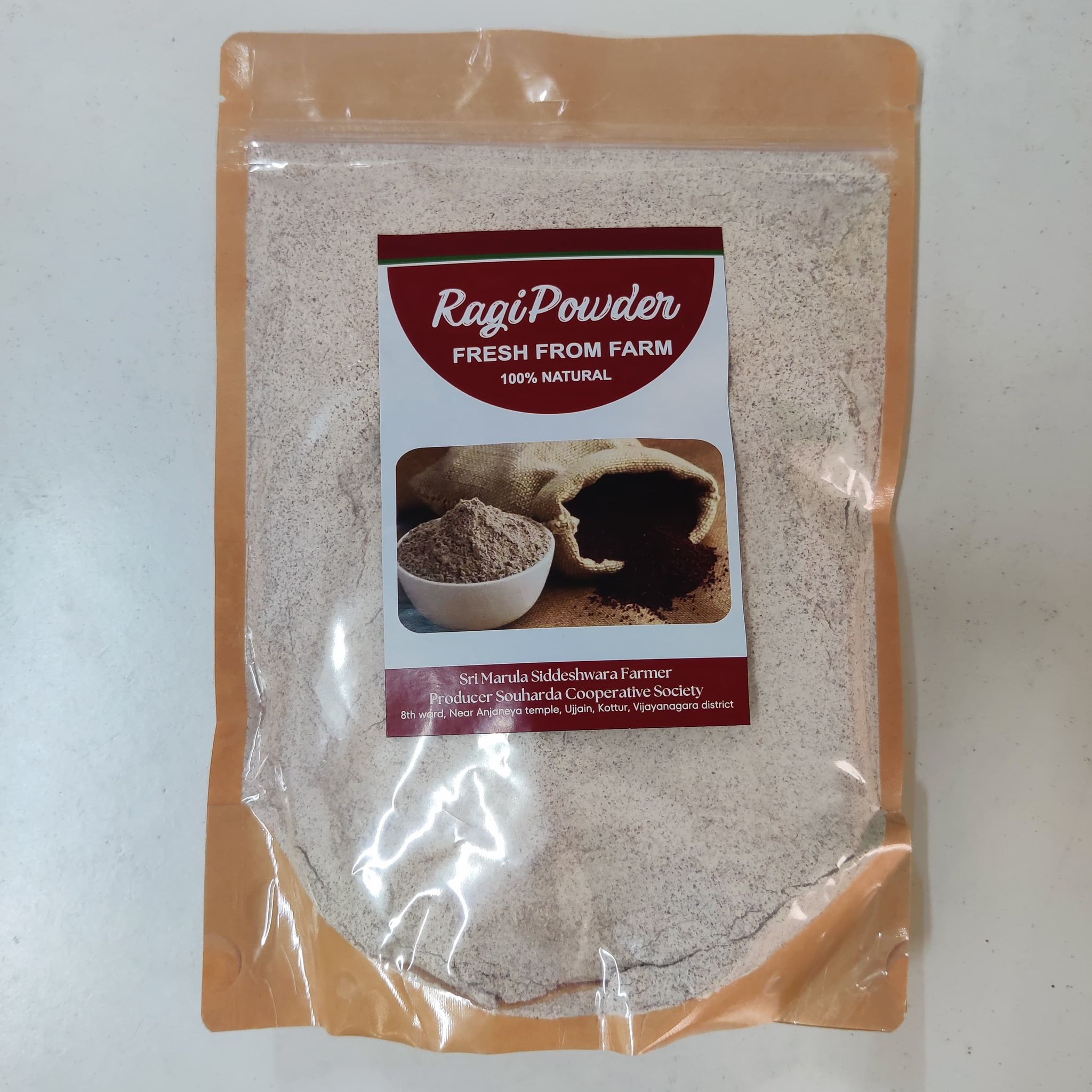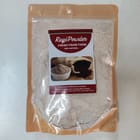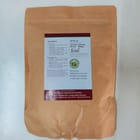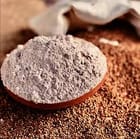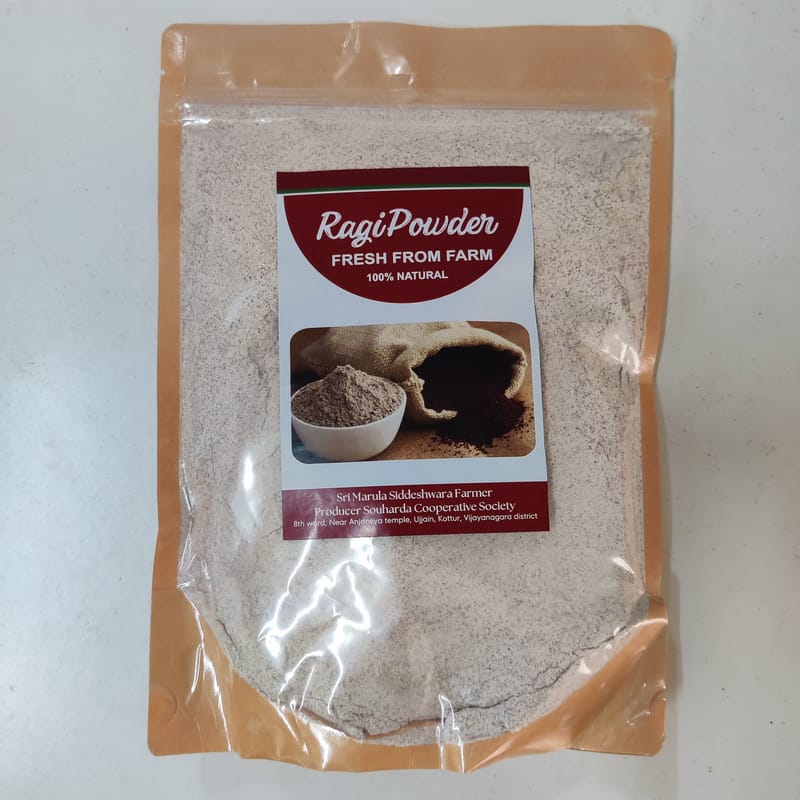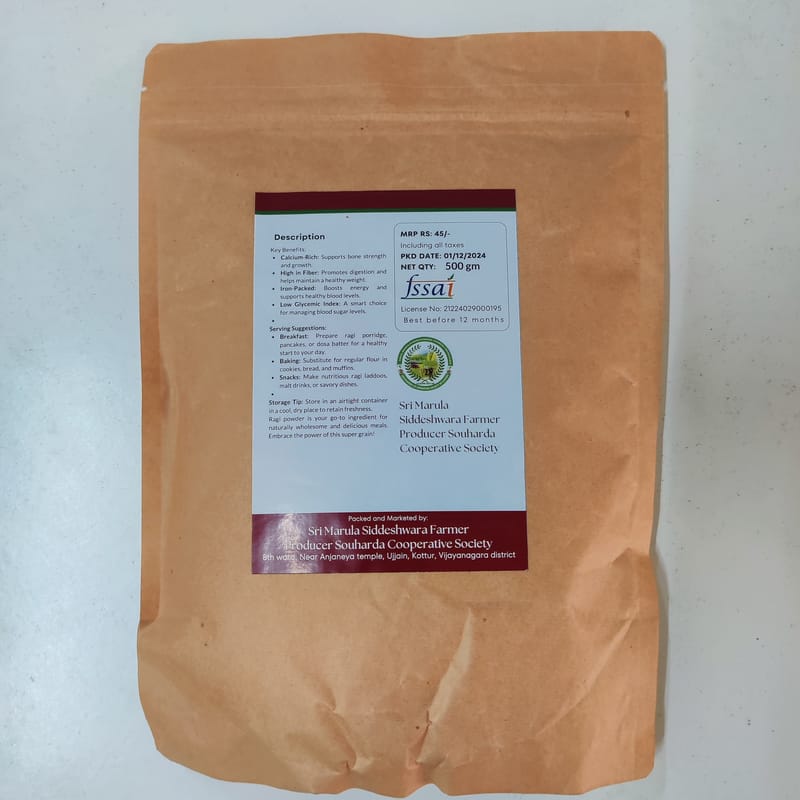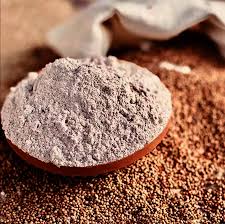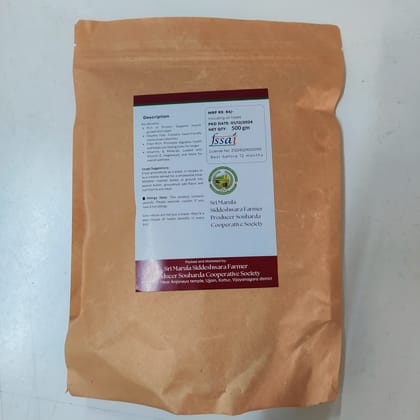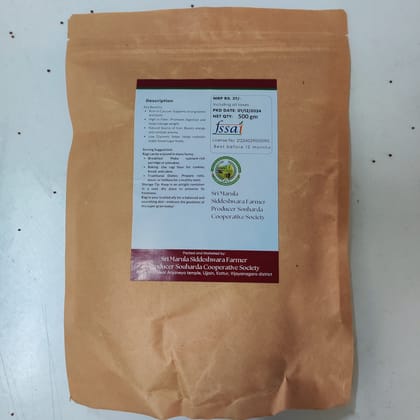Ragi powder is a healthy and nutritious flour made from finger millet. It is a good source of protein, fiber, and minerals like calcium and iron. Ragi powder is also gluten-free, making it a good option for people with celiac disease or gluten ...
Read MoreRagi powder is a healthy and nutritious flour made from finger millet. It is a good source of protein, fiber, and minerals like calcium and iron. Ragi powder is also gluten-free, making it a good option for people with celiac disease or gluten intolerance.
This ragi powder is sourced directly from farmers in Karnataka, India. It is made from 100% natural ingredients and is free from any added preservatives or chemicals. The powder is finely ground and has a slightly sweet taste.
Ragi powder can be used in a variety of dishes, including porridge, pancakes, bread, and cookies. It can also be used as a thickener for soups and stews.
Benefits of Ragi Powder
- Ragi powder is a good source of protein, fiber, and minerals like calcium and iron.
- It is gluten-free, making it a good option for people with celiac disease or gluten intolerance.
- Ragi powder can help to lower cholesterol levels and reduce the risk of heart disease.
- It can also help to improve digestion and regularity.
- Ragi powder is a good source of antioxidants, which can help to protect the body from damage caused by free radicals.
How to Use Ragi Powder
Ragi powder can be used in a variety of dishes, including porridge, pancakes, bread, and cookies. It can also be used as a thickener for soups and stews.
To make ragi porridge, simply combine 1 cup of ragi powder with 2 cups of water or milk. Bring to a boil, then reduce heat and simmer for 15 minutes. Stir occasionally. Serve with your favorite toppings, such as fruit, nuts, or honey.
To make ragi pancakes, combine 1 cup of ragi powder with 1 cup of all-purpose flour, 2 teaspoons of baking powder, and 1/2 teaspoon of salt. Add 1 egg, 1 cup of milk, and 2 tablespoons of vegetable oil. Mix until well combined. Heat a lightly oiled griddle over medium heat. Pour 1/4 cup of batter onto the griddle for each pancake. Cook for 2-3 minutes per side, or until golden brown. Serve with your favorite toppings, such as butter, syrup, or fruit.
To make ragi bread, combine 2 cups of ragi powder with 2 cups of all-purpose flour, 1 teaspoon of active dry yeast, 1/2 teaspoon of sugar, and 1 teaspoon of salt. Add 1 cup of warm water and 2 tablespoons of vegetable oil. Mix until well combined. Knead the dough on a lightly floured surface for 5-7 minutes, until it is smooth and elastic. Place the dough in a greased bowl, cover with plastic wrap, and let rise in a warm place for 1 hour, or until it has doubled in size. Preheat the oven to 375 degrees F. Punch down the dough and divide it in half. Shape each half into a loaf and place in a greased 9x5 inch loaf pan. Cover with plastic wrap and let rise for another 30 minutes. Bake for 30-35 minutes, or until the bread is golden brown and sounds hollow when tapped. Let cool completely before slicing and serving.
To make ragi cookies, combine 1 cup of ragi powder with 1 cup of all-purpose flour, 1/2 cup of sugar, 1/2 teaspoon of baking powder, and 1/4 teaspoon of salt. Add 1 egg, 1/2 cup of melted butter, and 1 teaspoon of vanilla extract. Mix until well combined. Drop the dough by rounded tablespoons onto a greased baking sheet. Bake for 10-12 minutes, or until the cookies are golden brown. Let cool on the baking sheet for a few minutes before transferring to a wire rack to cool completely.
Ragi powder is a versatile and nutritious ingredient that can be used in a variety of dishes. It is a good source of protein, fiber, and minerals like calcium and iron. It is also gluten-free, making it a good option for people with celiac disease or gluten intolerance.
| Country of origin | India |
|---|---|
| Common name | Ragi Flour |
| Net Quantity | 500 gram |
| Expiry Date | 12 months |
| contact details consumer care | Sri Marulasiddeshwara FPO, [email protected] |
